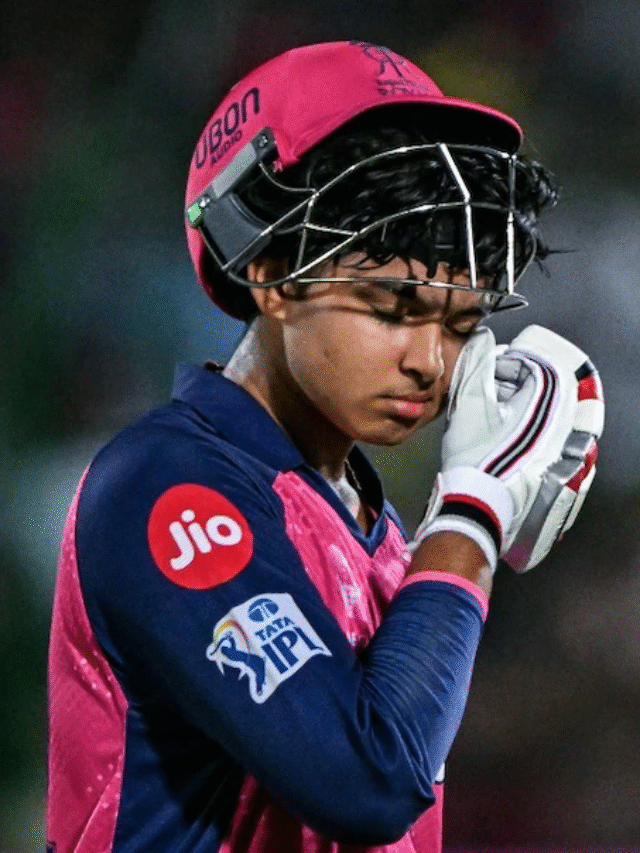“The cost of healthcare is rising at an alarming pace, placing an immense financial strain on the average Indian household,” said Gidugu.
He added that many families still pay for medical treatment out of pocket, often resorting to savings or loans during emergencies.
Medical inflation hits both premiums and direct expenses
Insurance premiums are on the rise as insurers deal with increasing claim payouts, driven by costly treatments, high-priced pharmaceuticals, and rising operational costs in hospitals.
“Policyholders are now seeing a noticeable uptick in their renewal premiums as insurance companies adjust to the rising cost of care,” Gidugu said.
Out-of-pocket expenses are also growing.
The cost of consultations, diagnostic tests, and hospitalisations is climbing, partly due to new medical technologies and higher professional fees.
How policyholders can manage rising costs
Gidugu recommends that consumers explore health plans with suitable deductibles and consider long-term or family floater policies.
“Leveraging preventive care, comparing policies, and using cashless hospital networks can also improve cost efficiency,” he said.
What TPAs like Medi Assist are doing
As a third-party administrator (TPA), Medi Assist plays a key role in containing costs. The company uses its hospital network to negotiate better treatment rates, helping reduce expenses for insurers and insured customers.
Gidugu said, “Our strategies have helped reduce healthcare inflation from an industry average of 12-14% to 5%.”
Medi Assist uses data analytics to identify trends and cost drivers. It also employs AI to detect fraud and streamline claims, which supports insurers in maintaining more stable premiums.
“Transparency is another cornerstone,” Gidugu added. “We help members estimate out-of-pocket costs in advance, so they can make informed decisions.”






